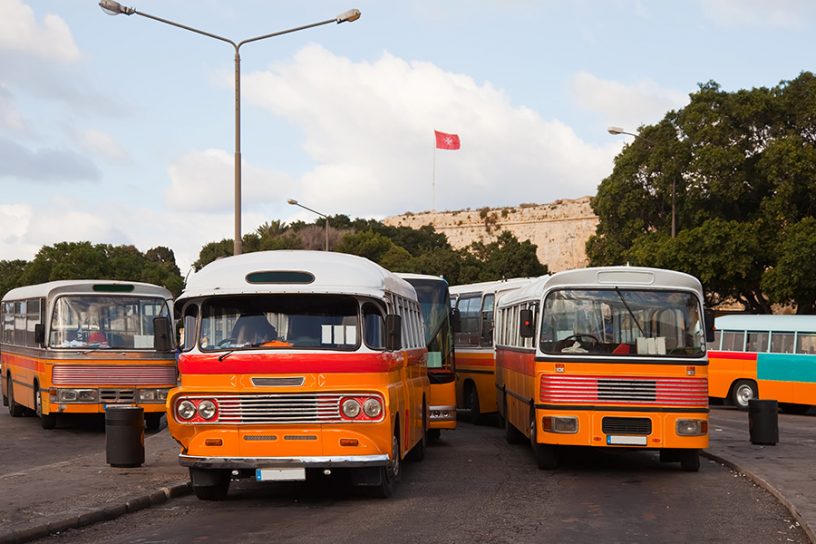
While the commuters from a New York preferred safety and reliability, the counterparts from New Delhi weighed price / fare over other attributes, shows the research.
Authors
Chitresh Kumar, Associate Professor, Jindal Global Business School, O.P. Jindal global University, Sonipat, Haryana, India.
Anirban Ganguly, Professor, Jindal Global Business School, O.P. Jindal global University, Sonipat, Haryana, India.
Summary
Over the years, use of public transport has been the preferred mode of commuting for millions of people across the globe – both for developing and well as developed countries. While using public transport, commuters are often vested with a plethora of attributes that ultimately result in their final decision making regarding the public transportation mode choice.
The purpose of this paper is to identify and prioritize a set of critical attributes that users consider while deciding their mode choice for urban public transport. The multi criteria decision analysis (MCDA) tool of Analytic Hierarchy Process (AHP) is used to prioritize the identified attributes.
A survey among daily commuters in New York (USA) and Delhi (India) revealed that while the commuters from a developed country (USA) preferred safety and reliability, the counterparts from a developing country (India) weighed price / fare over other attributes.
The findings of the current study might aid the policy makers in designing better public transport infrastructure as well as developing sustainable transport policy initiatives that aim to persuade people to use more public transport.
Published in: Theoretical and Empirical Researches in Urban Management
To read the full article, please click here.


